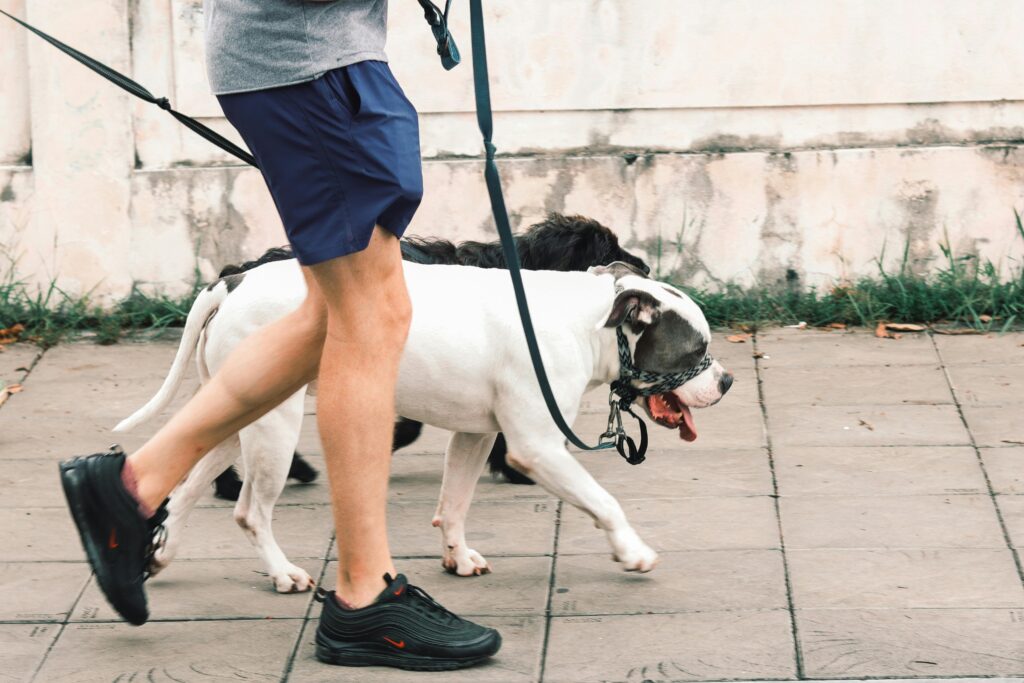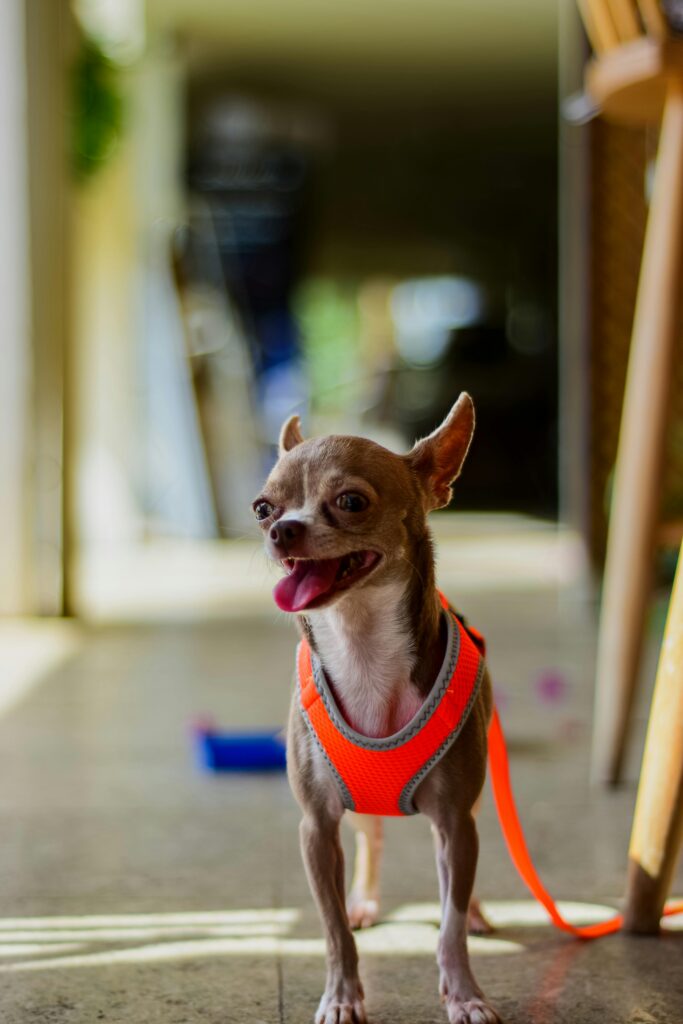You’re walking down the street with your dog when suddenly they lunge, bark, or whine at the sight of another dog or person. It’s frustrating, embarrassing, and can feel like your training has failed. This behavior, called leash reactivity, is one of the most common challenges dog owners face in Columbus. The good news is that leash reactivity is fixable with patience, consistency, and the right approach.
What Is Leash Reactivity?
Leash reactivity happens when a dog responds strongly to triggers such as other dogs, people, or even bikes while on leash. Unlike aggression, it is often fueled by frustration, fear, or overstimulation. The leash restricts your dog’s natural movement, which heightens their response.
Common signs of leash reactivity include:
- Barking or whining when another dog or person passes by
- Lunging forward at the end of the leash
- Growling or stiffening of body posture
- Ignoring commands once triggered
Causes:
Leash reactivity rarely develops overnight. It’s usually the result of several factors coming together:
- Frustration
Dogs that want to greet or play but are restrained by the leash may act out in frustration. - Fear or Anxiety
Some dogs feel trapped on leash and react defensively when another dog or person approaches. - Lack of Early Socialization
Dogs who weren’t properly socialized may feel overwhelmed in public settings. Our article on stress-free handling explains how gradual exposure and touch tolerance can build confidence and reduce reactivity. - Inconsistent Training
If leash manners aren’t reinforced consistently, dogs may develop bad habits that escalate into reactivity. - Owner Energy
Dogs feed off their handler’s energy. Tension on the leash or nervous body language can increase reactivity.
Fixes:
Leash reactivity takes time to improve, but with the right steps, progress is possible.
1. Start with Distance
Find your dog’s threshold, the distance at which they notice a trigger but don’t explode. Begin working from that distance and gradually close the gap as they improve.
2. Use Engagement Commands
Teach your dog to focus on you with commands like “look” or “heel.” Reward eye contact and calm behavior before your dog has a chance to react.
3. Reinforce Neutrality
Reward your dog for ignoring triggers instead of reacting. Calmness is the behavior you want to strengthen.
4. Stay Calm Yourself
Keep the leash loose, avoid pulling back harshly, and project confidence. Your dog looks to you for guidance.
5. Structured Exposure
Practice in controlled environments like quiet parks or pet-friendly stores before moving to busier areas. Our Basic & Advanced Obedience Program is designed for exactly this, teaching dogs to stay composed in real-world settings.
6. Consider Professional Help
If reactivity escalates into aggression or feels unmanageable, professional training ensures safety and consistency in addressing the issue.
Myths:
There are several misconceptions that prevent owners from addressing leash reactivity correctly:
Myth 1: Leash reactivity means my dog is aggressive.
Not necessarily. Many reactive dogs are friendly off leash but frustrated when restrained.
Myth 2: Correcting harshly will stop the behavior.
Punishment often makes reactivity worse by adding stress. Reward-based redirection is far more effective.
Myth 3: My dog will “grow out of it.”
Without intervention, leash reactivity usually escalates over time. Consistent training is key.
Myth 4: Dog parks will fix leash reactivity.
Dog parks often add chaos and overstimulation, reinforcing the very habits you want to eliminate. Structured walks and outings are more effective.
Checklist:
- Carry high-value treats for redirection.
- Practice focus drills daily in low-distraction areas.
- Avoid retractable leashes, they add tension and reduce control.
- Reward calm behavior before your dog escalates.
- Keep training sessions short and positive.
For more practical handling tips, PetMD’s guide on stopping leash pulling offers helpful strategies that overlap with managing reactivity.
FAQ:
Q: Is leash reactivity the same as aggression?
No. While they can look similar, reactivity is usually rooted in frustration or fear, not intent to harm.
Q: How long does it take to fix leash reactivity?
Every dog is different. Some improve in weeks with consistent practice, while others need months of structured training.
Q: Should I let my dog meet other dogs on leash?
It’s best to avoid on-leash greetings, as the restraint often increases frustration. Focus on neutrality instead.
Q: Can equipment fix reactivity?
Tools like front-clip harnesses or training collars can help manage pulling, but they don’t address the underlying behavior. Training is essential.
Final Thoughts
Leash reactivity is one of the most common challenges dog owners face, but it’s also one of the most fixable. By understanding the causes, applying the right techniques, and avoiding common myths, you can transform stressful walks into calm, enjoyable experiences.
If reactivity is holding you back from enjoying life with your dog, our Columbus team is here to help. Reach out through our contact page today to get started on a plan that builds confidence and control.


